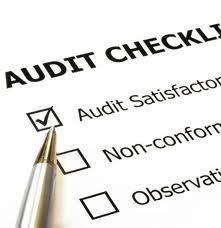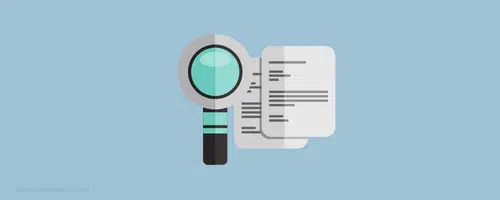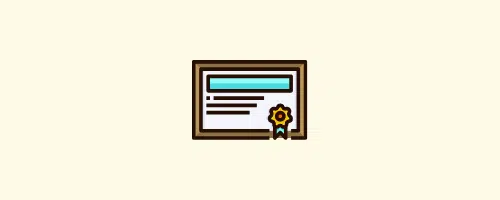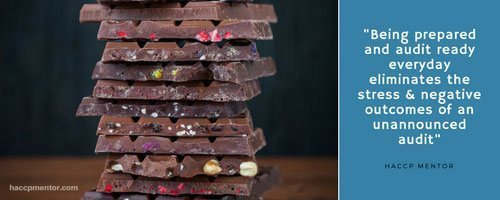A well planned audit tool can be the difference between a successful and unsuccessful inspection or audit. The inspection or audit tool also becomes an important piece of objective evidence to support that the inspection or audit was actually undertaken. Please keep in mind that an audit tool is different to the audit report.
Design considerations for your audit tool
When designing your inspection tool or audit tool, there are three main considerations:
- The tool should be well formatted and include sufficient spacing, layout and font size.
- All aspects of the inspection or audit criteria that you have referenced or checking against, have been covered.
- There is adequate space to record all evidence collected during the inspection and audit including what you saw (observations), what records you reviewed and who you spoke with and their response.
Checklists 
The most common audit tool used is in the form of a checklist. However, a checklist should not be a list of questions to be answered during the compliance audit or inspection. It should be seen as a prompt as to the areas that require review during the audit or inspection.
How to put together a audit or inspection checklist
- Get a copy of the rules or law to which you will be determining compliance.
- Highlight the areas that are mandatory. These will include activities with words like “SHALL”, “WILL”, “MUST”. From a legal perspective, these are the areas that are legally enforceable. If the words say “should” or “advisable” – these are really optional for the business.
- Summarise all of the SHALL-WILL-MUST requirements into questions. Try and avoid writing long winded questions.
- Convert these questions into prompts.
- Format your prompts into your checklist.
- Identify the exact clause number associated which each prompt. This will make it easier when you have to write your non-conformances.




What is the difference between the Audit tool and the checklist
Hi Zinhle, An audit tool is a name given to the different types of tools used during the collection of evidence. This includes checklists, mind maps, flowcharts and other methods used to collect evidence.
Short, but helpful, especially toward the end. Thank you.
You are welcome Rose.